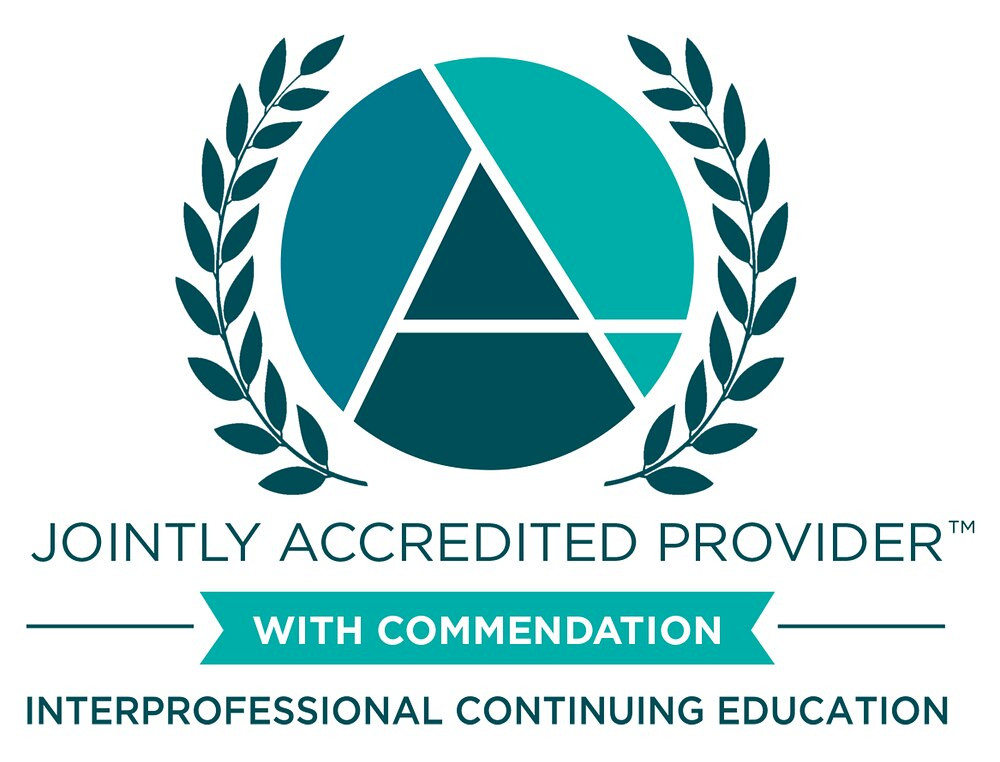The National Center OICPD is committed to a continuing professional development (CPD) framework which ensures continuing professional competence to work in interprofessional healthcare teams throughout one’s health professional career. CPD includes all learning (e.g., formal, informal, workplace, serendipitous) that enhances understanding and improves healthcare with the goal of achieving health outcomes. The National Center OICPD is committed to supporting the advancement of three types of continuing professional development within its portfolio.1,2,3,4 Each type contributes to the National Center OICPD mission of improving health through advancing the continuum of professional and interprofessional lifelong learning, with the goal of leading to improved learning, organizational and health/patient outcomes.
- Continuing professional education (CPE): Continuing professional education (CPE) is the formal and intentionally designed activities and programs for individual professionals and teams intended to support learning for professional practice to improve outcomes.
- Organizational Professional Role Development: Organizational professional role development is education and training activities and programs that are created and offered for the explicit purpose of developing knowledge, skills and attitudes for individuals or teams to perform specific roles within an organization. This form of education and training has several names such as human resource development, talent development and in professional schools – staff, faculty and preceptor development.
- Workplace Learning: Workplace learning is increasingly recognized as important in maintaining professional competence and is defined as “predominantly unstructured, experiential, and non-institutional” occurring in everyday practice. Individuals and interprofessional teams observe from their practice situation to learn from it to improve outcomes.
The National Center OICPD welcomes joint providerships to advance these types of learning, while placing increasing emphasis on exploring new models of workplace learning.
References
1. Brandt, B.F. (2020). University of Minnesota Internal Document. Continuing Professional Development Models to Advance Interprofessional Practice and Education. National Center for Interprofessional Practice and Education. Do not use without permission.
2. Marsick, V.J., Volpe, M. (1999). The nature and need for informal learning. Advances in Developing Human Resources, 1(3), 1-9. https://doi.org/10.1177/152342239900100302
3. Nisbet, G., Lincoln, M., Dunn, S. (2013). Informal interprofessional learning: An untapped opportunity for learning and change within the workplace. Journal of Interprofessional Care, 27(6), 469-75. doi: 10.3109/13561820.2013.805735.
4. Regehr, G., Mylopoulos, M. (2008). Maintaining competence in the field: Learning about practice, through practice, in practice. Journal of Continuing Education in the Health Professions, 28(suppl1), S19-23. doi: 10.1002/chp.203.

